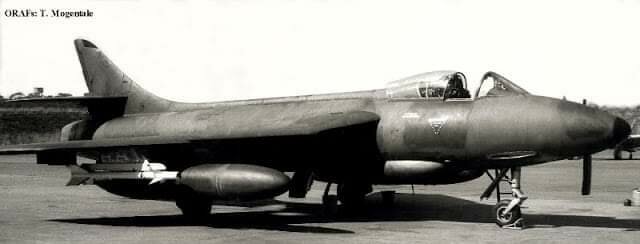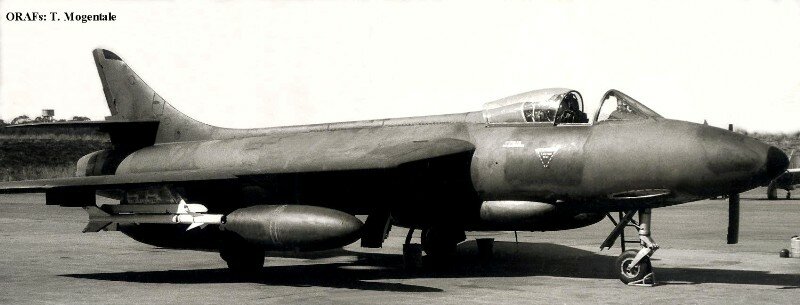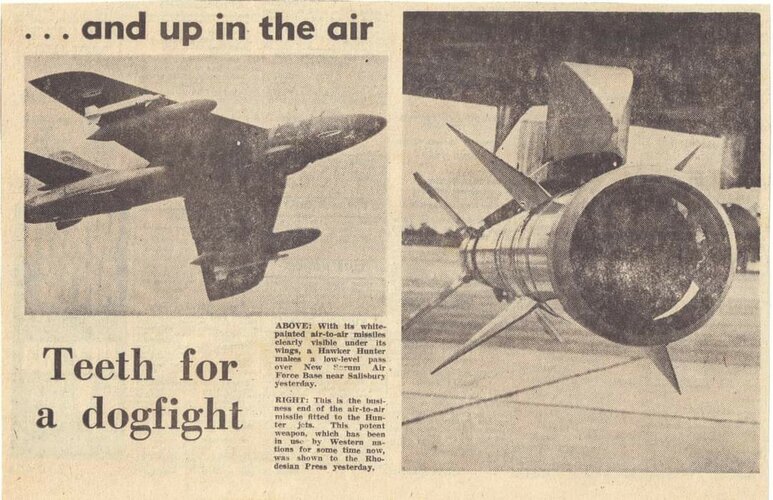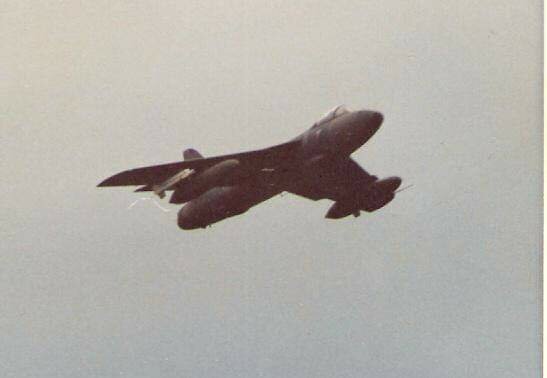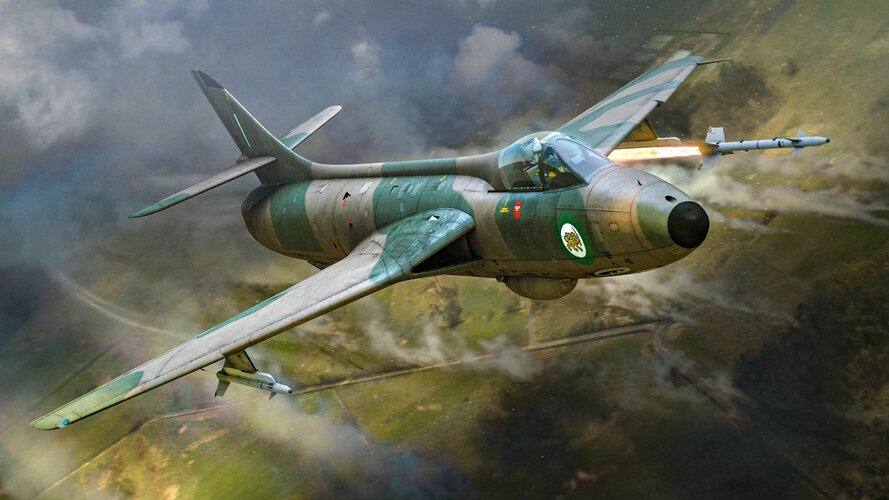F.L.
ACCESS: Top Secret
This photo of a Rhodesian Hunter FGA.9 with SAAF markings leaves me perplexed !

In what year is that ?
Did the South Africans produce AIM-9s ?
Did they sell any to the Rhodesians ?
I read that the V3 Kukris had also been tested on the Hunter FGA.9. Is this true ?
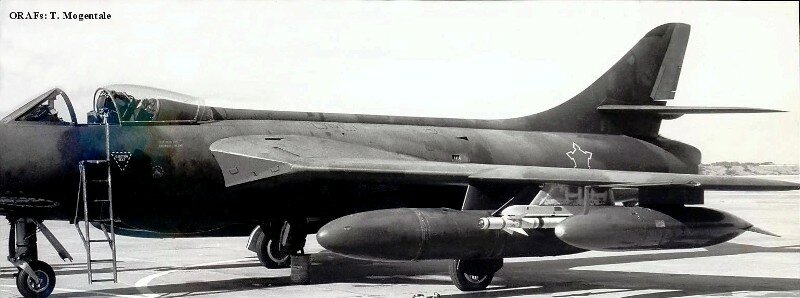
In what year is that ?
Did the South Africans produce AIM-9s ?
Did they sell any to the Rhodesians ?
I read that the V3 Kukris had also been tested on the Hunter FGA.9. Is this true ?
The South African Air Force
Privately run, unofficial website on the South African Air Force. It is maintained by myself during my (limited) spare time so please read the Disclaimer. I hope you enjoy the experience and visit again soon. All suggestions are welcome - Dean Wingrin
www.saairforce.co.za

